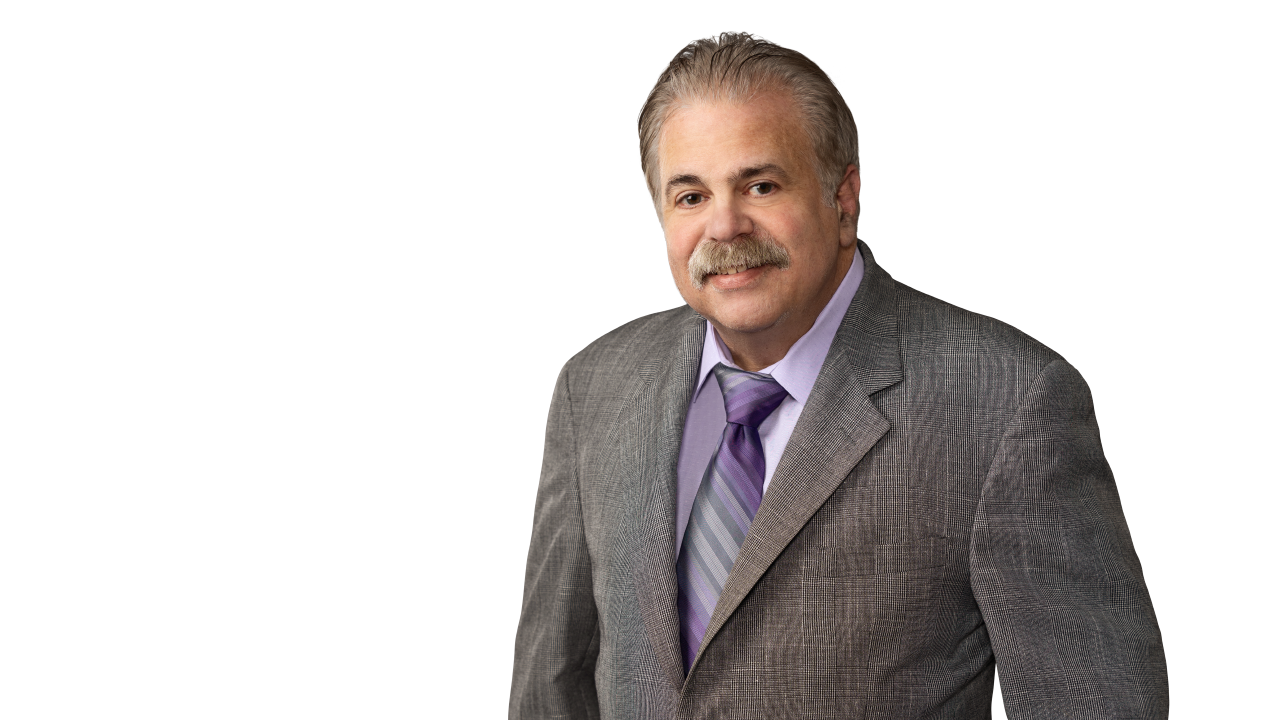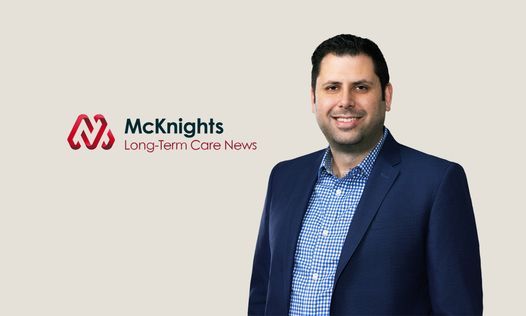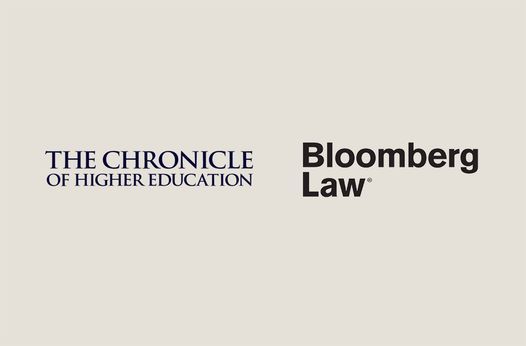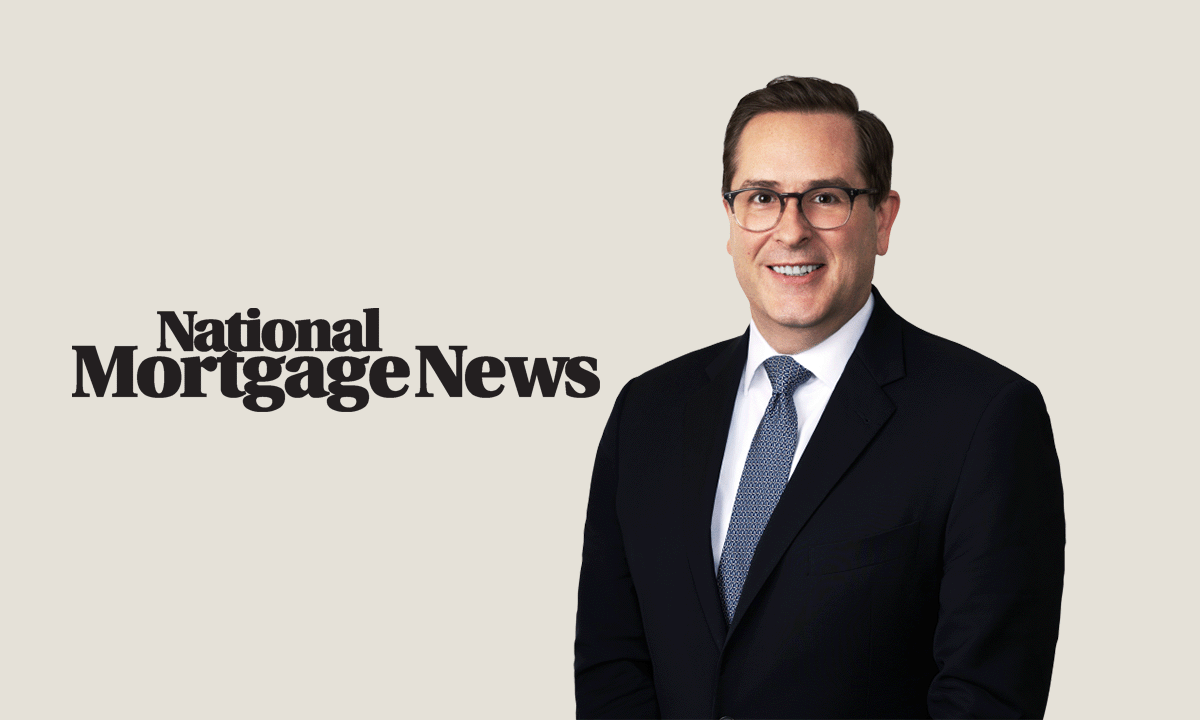Why Regulating Insurance Rates is Fraught With Danger
Illinois Governor JB Pritzker and Illinois legislative leaders are pushing to increase regulation governing homeowners and auto insurance premiums, and multiple proposed legislative bills are pending.
Scott Seaman, a Chicago-based partner with a nationwide insurance practice and Co-Chair of Hinshaw’s Global Insurance Services Practice Group, told Law360 that “even with the best of intentions and a scheme designed to induce fairness in pricing, regulating insurance rates is fraught with danger and unintended consequences.
The result often is an increase in the cost of insurance, a decrease in the availability of insurance to consumers and companies, and sometimes insurer insolvencies and government bailouts.”
Why Rate Regulations Can Backfire
According to Seaman, rate abuse is rarely the problem, and rate regulation generally is not the answer. There is data suggesting that the cost of insurance in Illinois is below the national average and lower than in most states with entrenched rate regulation. Superimposing regulatory compliance costs and penalties will serve to increase, rather than decrease, the cost of insurance in the long run.
Insurance premiums are determined, in large measure, by the risks insured and the costs of claims (and doing business). Imposing political agendas and regulation on top of traditional market forces–particularly in the competitive marketplace of homeowners and auto insurance–is not likely to end well for consumers or businesses.
An eyes-wide-open look around the country shows major insurers withdrawing from the market or substantially limiting their homeowners’ insurance underwriting in California. This is directly attributable to insurers’ inability to price policies based on risk. California is now being forced to reexamine its rigid regulations and afford insurers more flexibility in setting rates.
Catastrophes and Rising Exposures
In California, Florida, Louisiana, and other states, including Illinois–which does not face hurricane damage risks–casualties, rising costs of labor and materials, economic inflation, and social inflation are key driving forces behind the increase in frequency and severity of claim costs and higher insurance premiums. In Florida, numerous insurer insolvencies over the past few years have adversely impacted the market and resulted in the injection of insurers of last resort and government bailouts.
According to LexisNexis Risk Solutions’ recently released 10th Annual US Home Trends Report, all peril severity increased 9 percent between 2023 and 2024, marking the highest level in seven years.
- In 2024, the United States experienced 27 climate disasters causing $1 billion or more in damages, which is 21 percent above the long-term average.
- Catastrophe claims accounted for 42 percent of all claims in 2024, while catastrophe losses rose to 64 percent, another seven-year high.
- Wind claims saw notable increases, with loss costs climbing 30.7 percent.
- Hail loss costs stood 19 percent above the seven-year average.
Illinois Laws Contributing to Social Inflation and Increasing Insurance Costs
Social inflation has been on steroids especially since the economy reopened after the COVID-19 pandemic. See S.M. Seaman and J.R. Schulze Allocation of Losses in Complex Insurance Coverage Claims at Vol. I, Chapter 19 (13th Ed. Thomson Reuters 2025).
Nuclear verdicts, rising litigation costs, third-party litigation funding, judicial challenges, and a plaintiff-friendly judiciary are all contributing mightily to higher insurance costs and higher prices in several states. Social inflation, or the so-called tort tax, costs households thousands of dollars per year.
As Seaman told Law360 Insurance Authority, “[i]f the legislature truly wanted to lower rates, an important step would be to focus on curbing litigation costs and abuses.”
Instead of remedying litigation abuses, laws passed in Illinois–such as the state’s Biometric Information Privacy Act, the expansion of jurisdiction over companies, and amendments to the Illinois Wrongful-Death statute allowing punitive damage awards in most types of wrongful-death actions (something that was previously not allowed)–fuel social inflation and increase insurance costs.
The Value of Insurance to Consumers and the Economy
To be sure, the insurance industry is often maligned in the media. Yet insurance is a cornerstone of economic growth and stability, providing financial protection to consumers. It allows companies to be innovative and to develop and make a full range of products and services available to consumers.
Insurers also directly contribute significantly to the state’s economy. For example, in 2021, the insurance sector contributed approximately $41.9 billion to Illinois’ gross domestic product, supported more than 155,000 direct jobs, and provided funding for public infrastructure through bond investments.
Related People
Related Capabilities
Featured Insights

Employment Law Observer
Dec 8, 2025
12 Days of California Labor and Employment: 2025 Year in Review
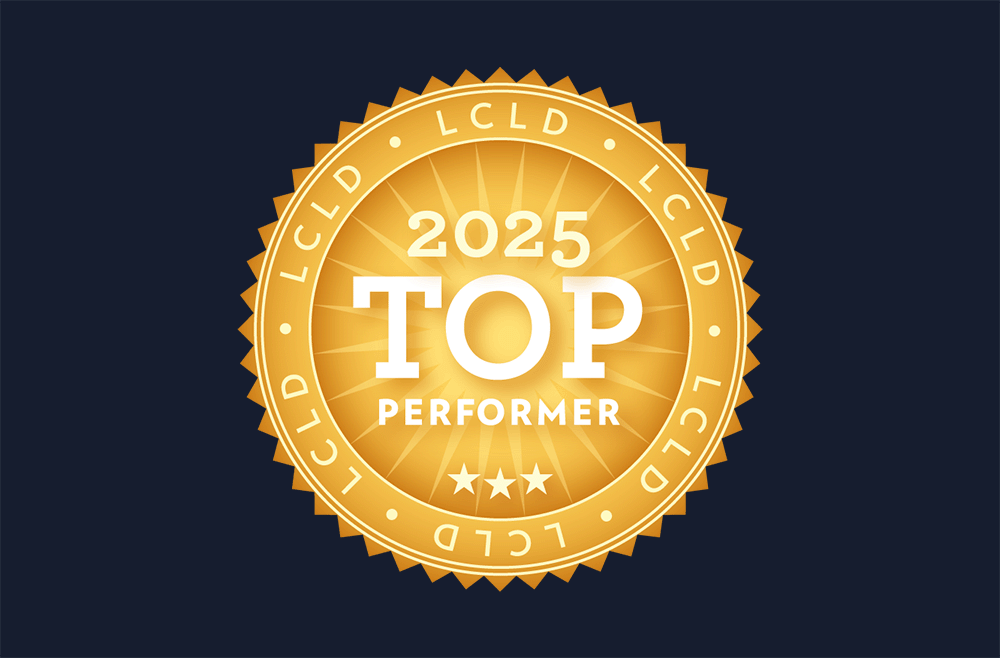
Press Release
Dec 4, 2025
Hinshaw Recognized by the Leadership Council for Legal Diversity as a 2025 Top Performer

Press Release
Nov 25, 2025
Hinshaw Legal Team Secures Summary Judgment in Gas Station Injury Case

Press Release
Nov 18, 2025
Hinshaw Releases the Third Edition of Duty to Defend: A Fifty-State Survey
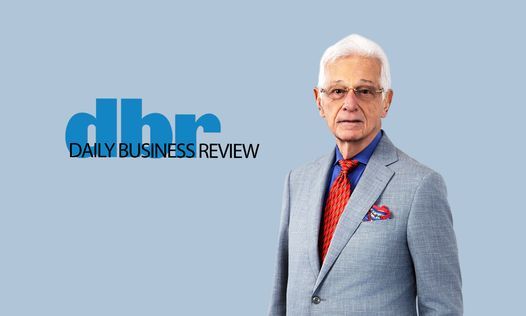
In The News
Nov 13, 2025
A Profile on Neil Rollnick: After 57 Years in Practice, He Has No Plans to Retire

Press Release
Oct 22, 2025
Hinshaw & Culbertson LLP Launches New Website and Refreshed Brand

